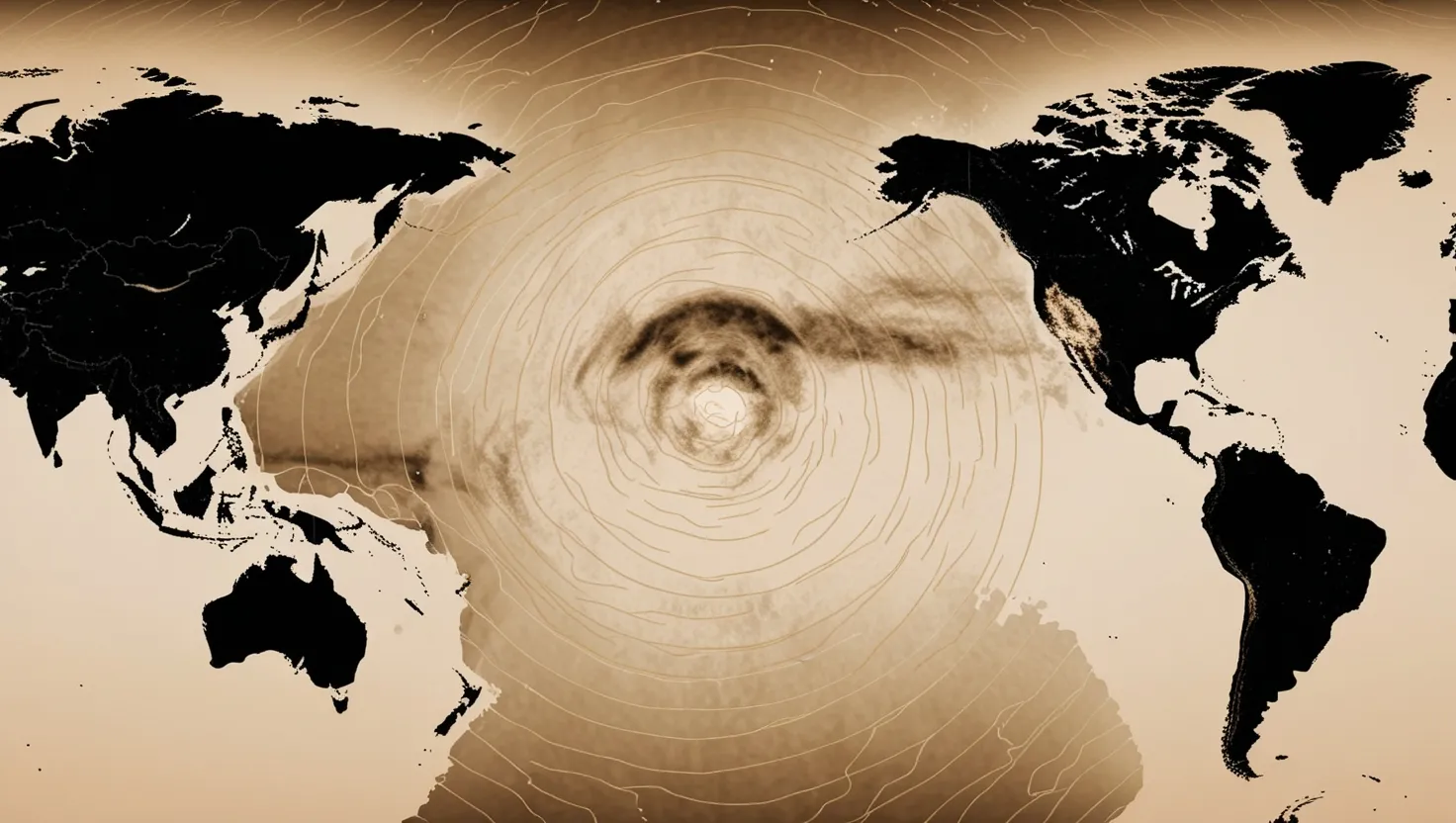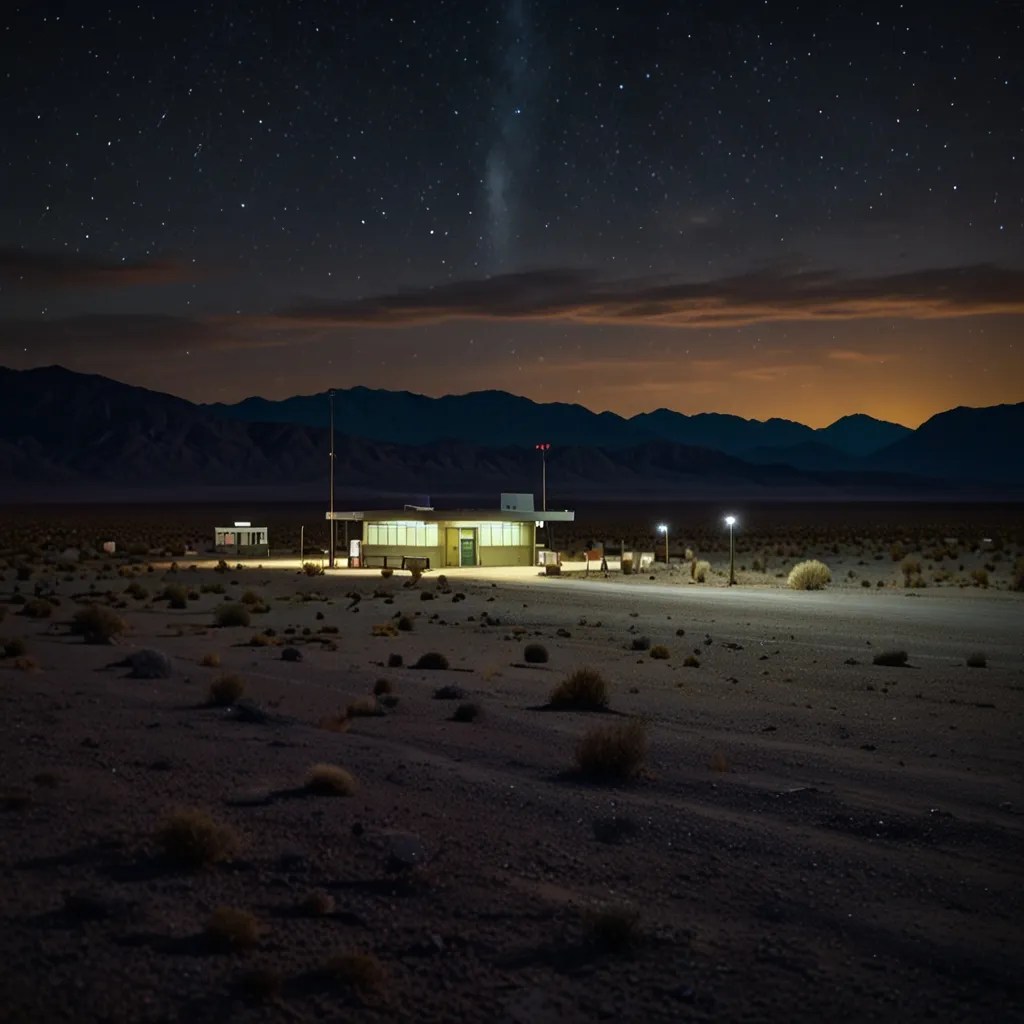The cosmic microwave background (CMB) radiation, the oldest light in the universe, has been a subject of intense study and fascination for decades. This faint glow, a remnant of the Big Bang, is our window into the universe’s earliest moments. However, within this ancient light, scientists have discovered several puzzling inconsistencies that have sparked a myriad of theories and speculations.
One of the most intriguing aspects of the CMB is its almost perfect uniformity. The temperature of the CMB is remarkably consistent across the sky, varying by only about 1 part in 100,000. However, it is these tiny variations that hold the key to understanding the universe’s structure and evolution. Among these variations, several anomalies stand out, challenging our current understanding of cosmology.
The Low Quadrupole and Octopole Alignment
One of the earliest and most significant anomalies discovered in the CMB is the low quadrupole and the alignment between the quadrupole and octopole. The quadrupole refers to the second-order harmonic in the CMB’s power spectrum, which represents the largest-scale fluctuations. The observed quadrupole is significantly lower than what the standard model of cosmology, known as the ΛCDM model, predicts. This discrepancy has led to various explanations, including the possibility that these anomalies could be due to the integrated Sachs-Wolfe effect, a secondary anisotropy caused by the large-scale structure of the universe.
The alignment between the quadrupole and octopole is another anomaly that has garnered attention. These multipoles, which represent different scales of fluctuations, seem to be aligned in a way that is statistically unlikely according to the ΛCDM model. This alignment has been reduced in significance after accounting for the integrated Sachs-Wolfe effect and using advanced statistical techniques like sparse inpainting, but it still remains a topic of debate.
The Cold Spot and Hemispherical Asymmetry
One of the most visually striking anomalies is the “cold spot,” a large, low-temperature region in the CMB. This cold spot is significantly colder than the surrounding areas and has been observed by multiple satellites, including WMAP and Planck. Alongside the cold spot, there is a hemispherical asymmetry, where the CMB signal is stronger in one hemisphere than the other. These features are not easily explained by the standard model and have led to speculations about new physics beyond the ΛCDM model.
Dipolar Modulation and Power Suppression
Another set of anomalies includes dipolar modulation and power suppression at large angular scales. Dipolar modulation refers to a systematic difference in the CMB signal between two opposite hemispheres of the sky. This modulation suggests that the universe might not be statistically isotropic on large scales, a fundamental assumption of the ΛCDM model. Power suppression, on the other hand, refers to the observed lack of two-point correlations at large angular scales, which is contrary to the predictions of slow-roll inflation.
The Role of Nearby Galaxies
Recent research has suggested that nearby galaxies could play a role in some of these anomalies. A systematic decrease in CMB temperatures around large spiral galaxies has been observed, indicating an unknown interaction between these galaxies and CMB photons. This interaction could potentially explain some of the large-scale anomalies, although the exact mechanism remains unknown.
Speculations and Theories
These anomalies have not only intrigued scientists but have also sparked a range of speculative theories. One of the more exotic ideas is that these anomalies could be evidence of collisions with parallel universes or “branes” in a higher-dimensional space. Another theory suggests that they might be encrypted messages left by an advanced alien civilization, although this remains firmly in the realm of science fiction.
The idea of a simulated universe, popularized by philosophers and scientists like Nick Bostrom, also gains some traction when considering these anomalies. If we are living in a simulated reality, the anomalies could be glitches or artifacts of the simulation. However, these ideas, while fascinating, are highly speculative and lack concrete evidence.
Decoding the Celestial Mysteries
As we delve into these anomalies, it becomes clear that they are not just random blips in the cosmos but rather clues to the universe’s deeper structure. The CMB is a snapshot of the universe when it was just 380,000 years old, and any deviation from the expected patterns could indicate new physics or unforeseen interactions.
The ongoing and future missions, such as the Simons Observatory and CMB-S4, are designed to probe these anomalies with greater precision. By analyzing the polarization of the CMB, which is a more sensitive probe of the early universe’s conditions, these missions aim to either confirm or rule out many of the current theories.
Our Place in the Grand Cosmic Design
As we ponder these celestial mysteries, we are forced to question our place in the universe. Are we just observers of a grand cosmic design, or are we part of something much larger and more complex? The CMB anomalies remind us that there is still much to learn about the universe and that the most intriguing questions often lie at the intersection of science and speculation.
In the end, the cosmic microwave background anomalies are a reminder of the universe’s complexity and our limited understanding of it. They invite us to explore, to speculate, and to push the boundaries of what we know. As we continue to study these anomalies, we may uncover not just new physics but also new perspectives on our existence within the vast expanse of the cosmos.






